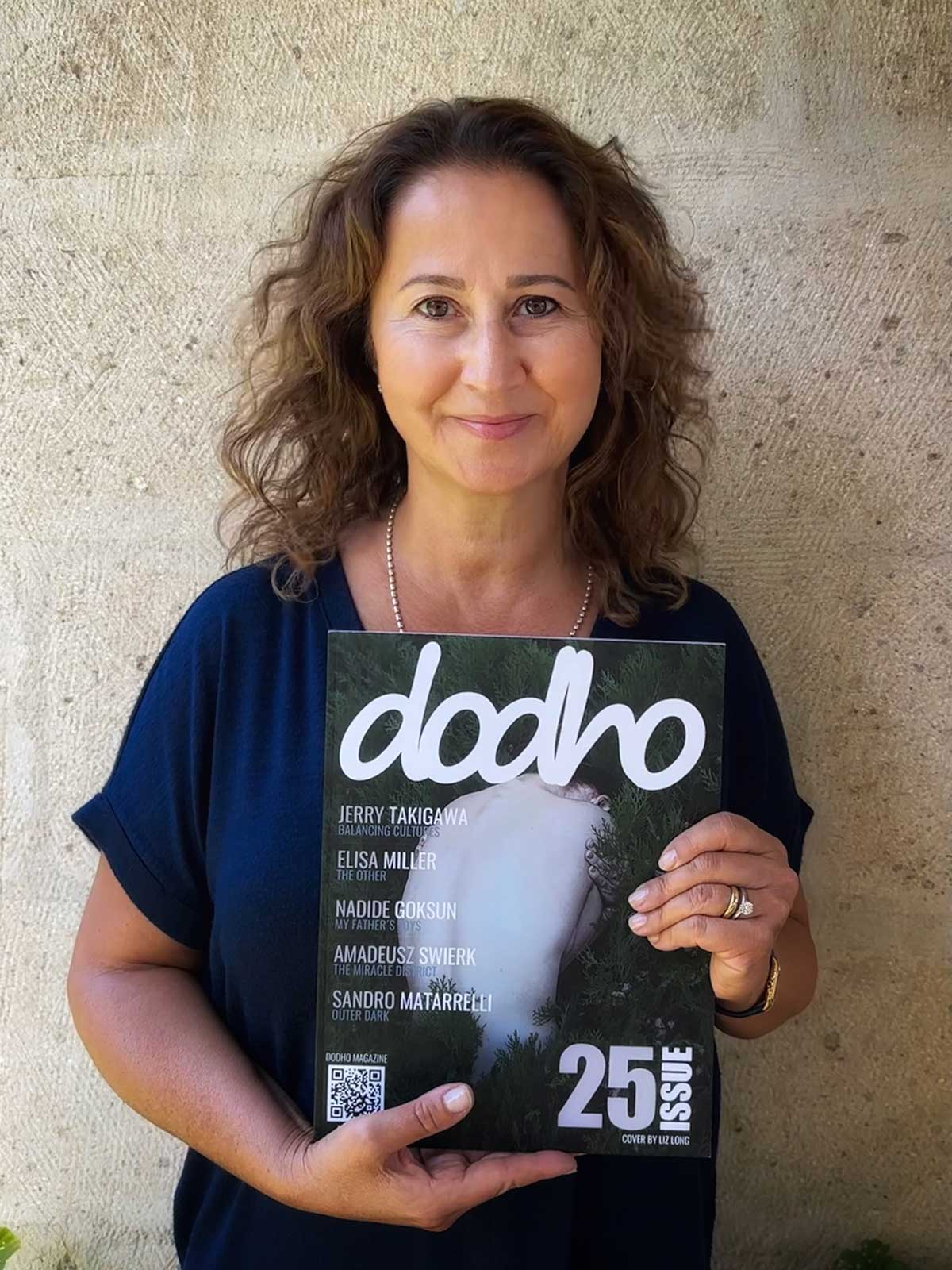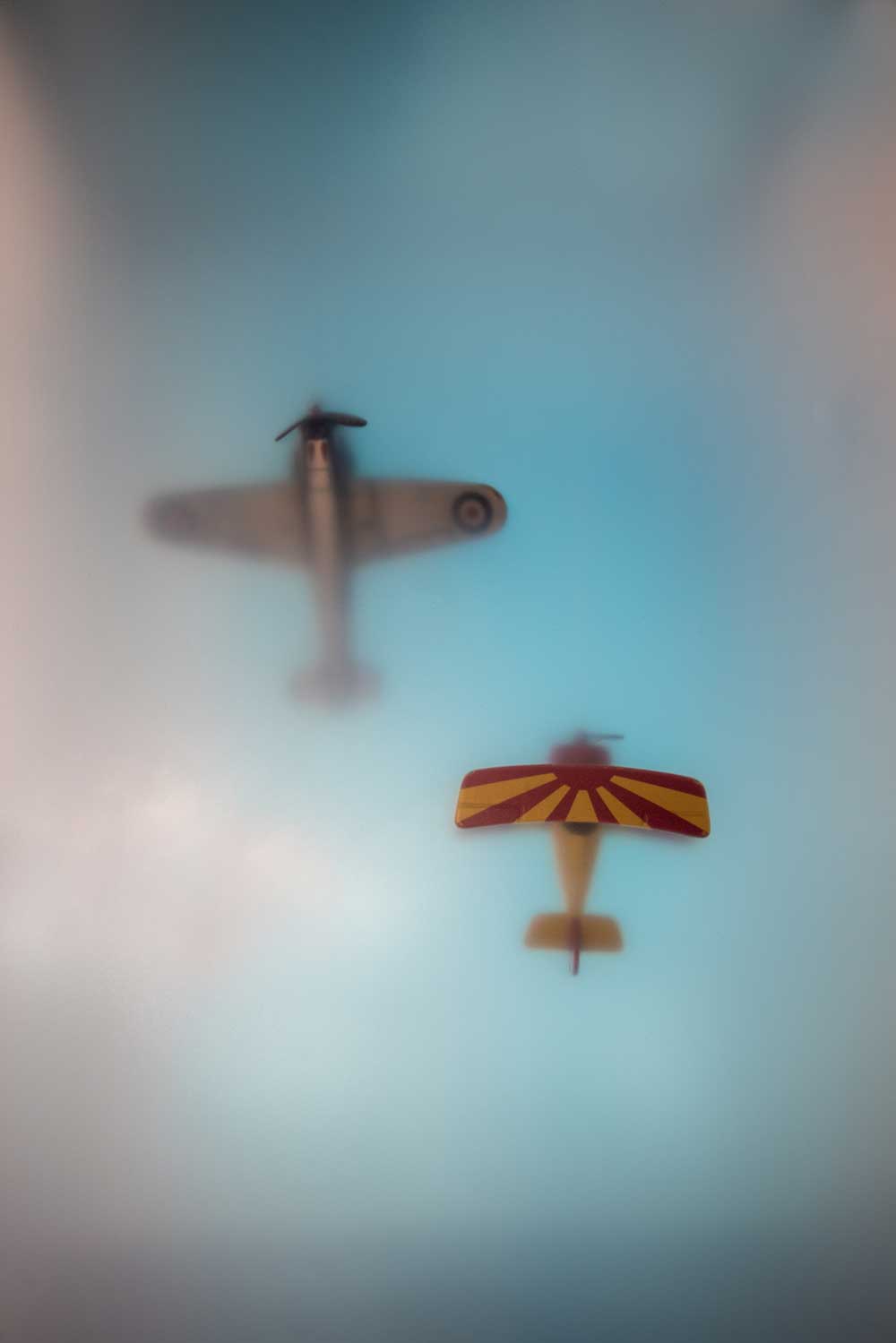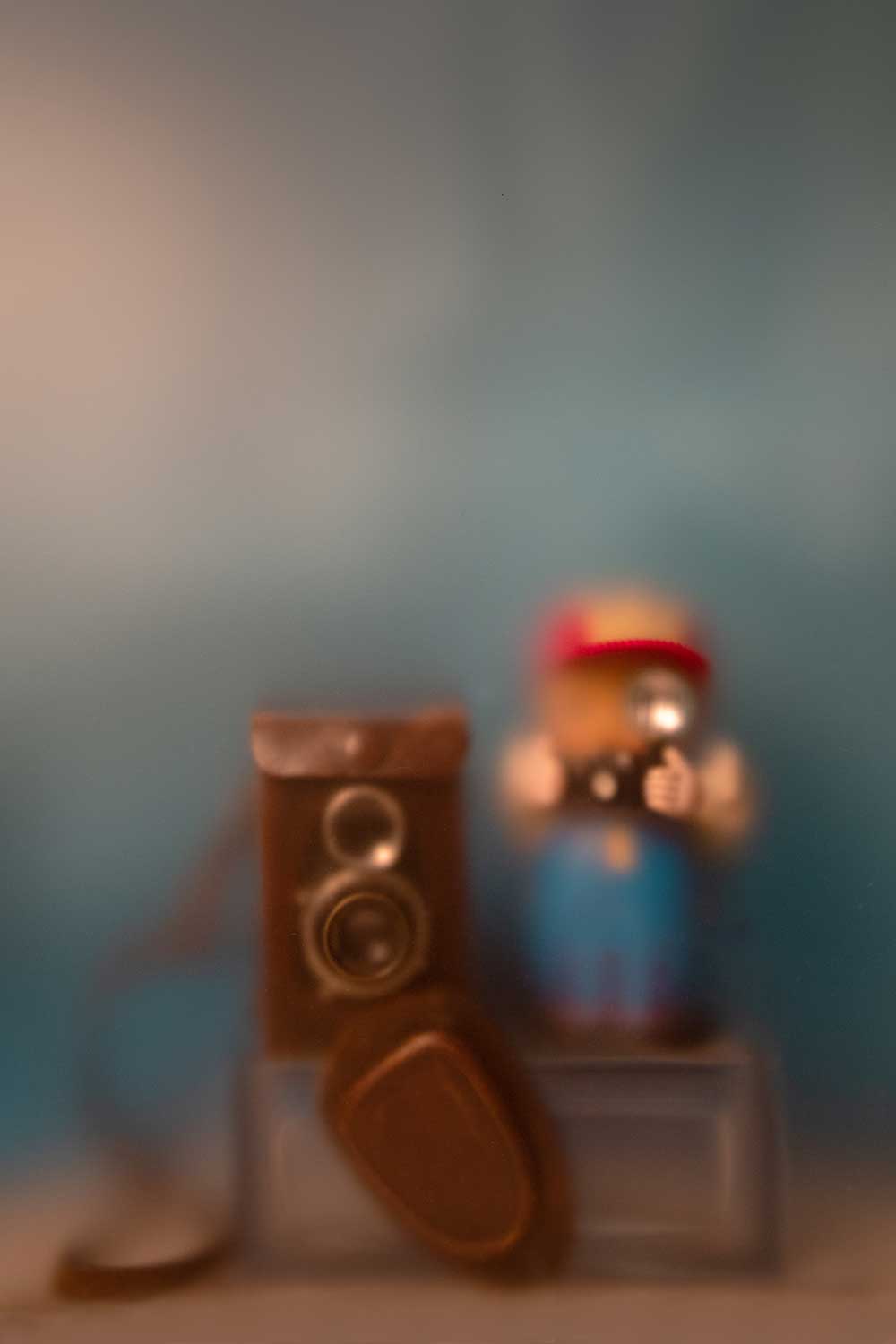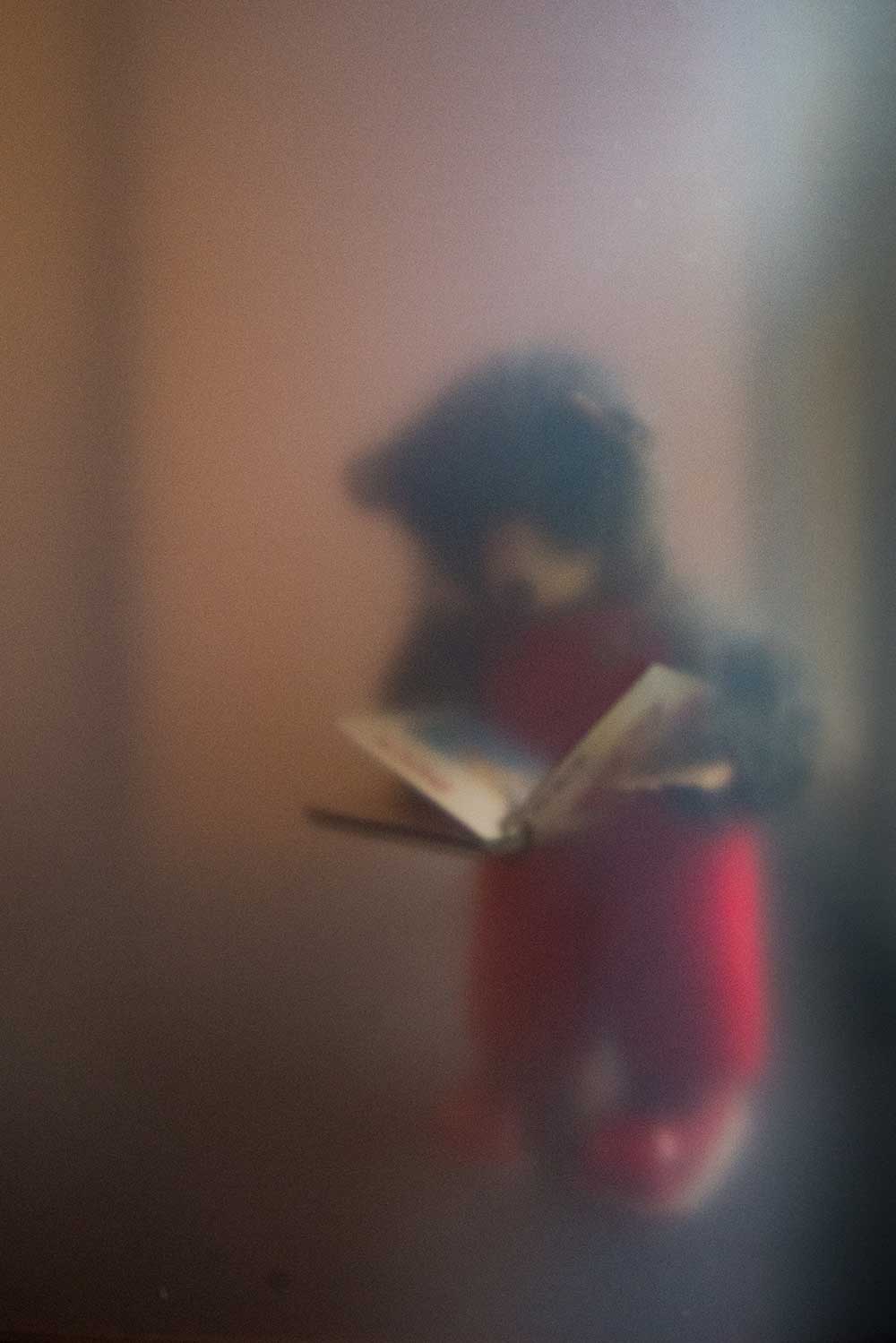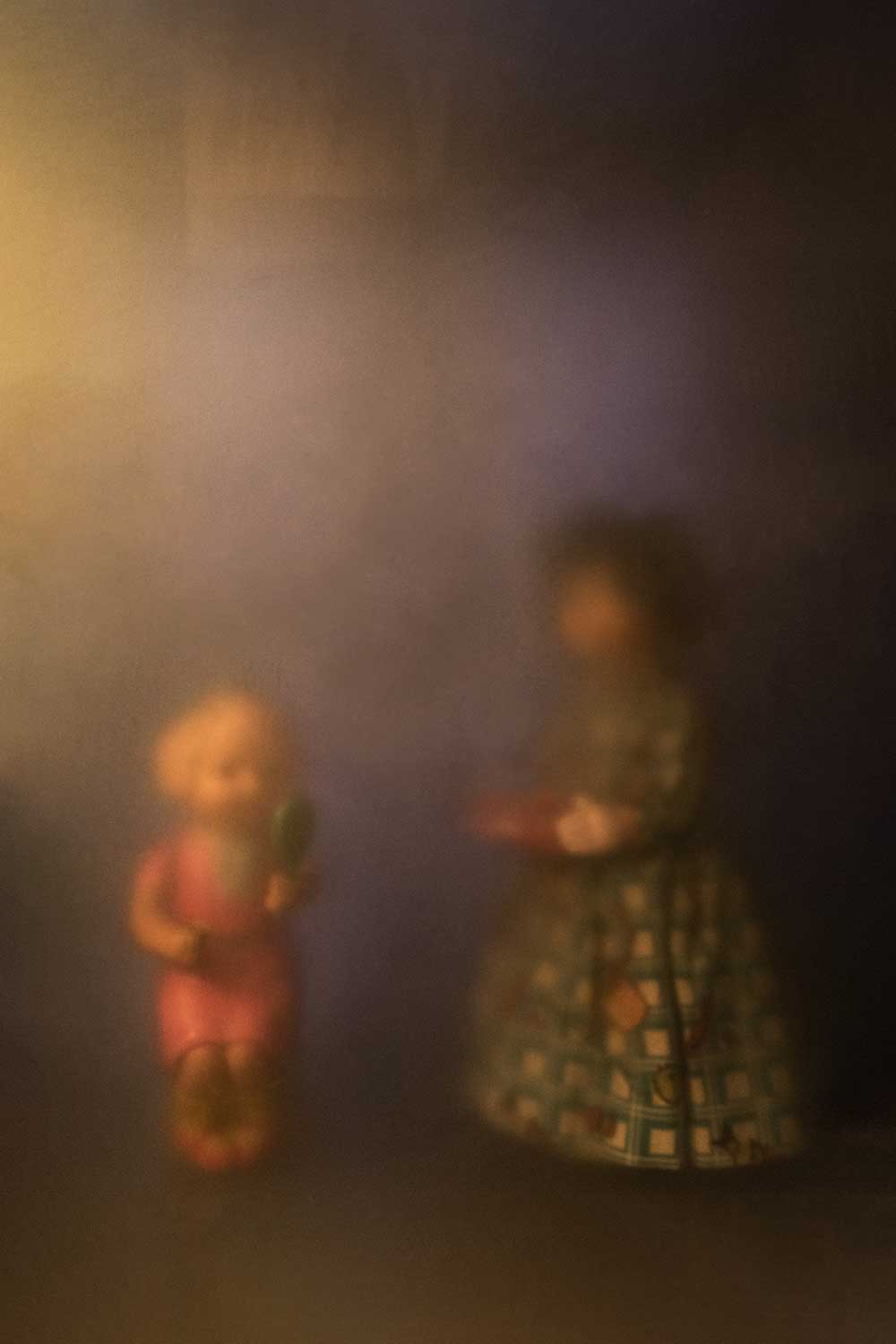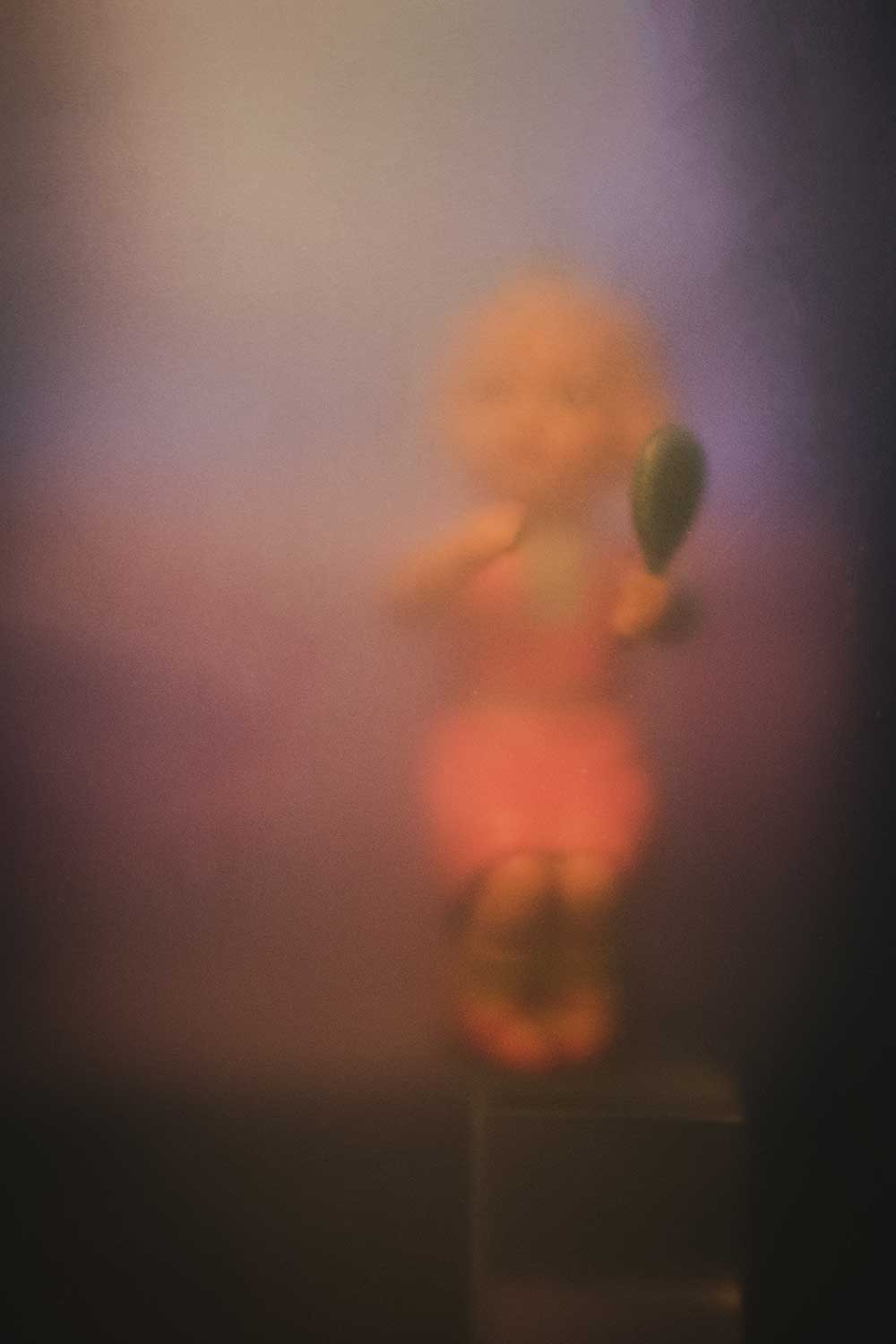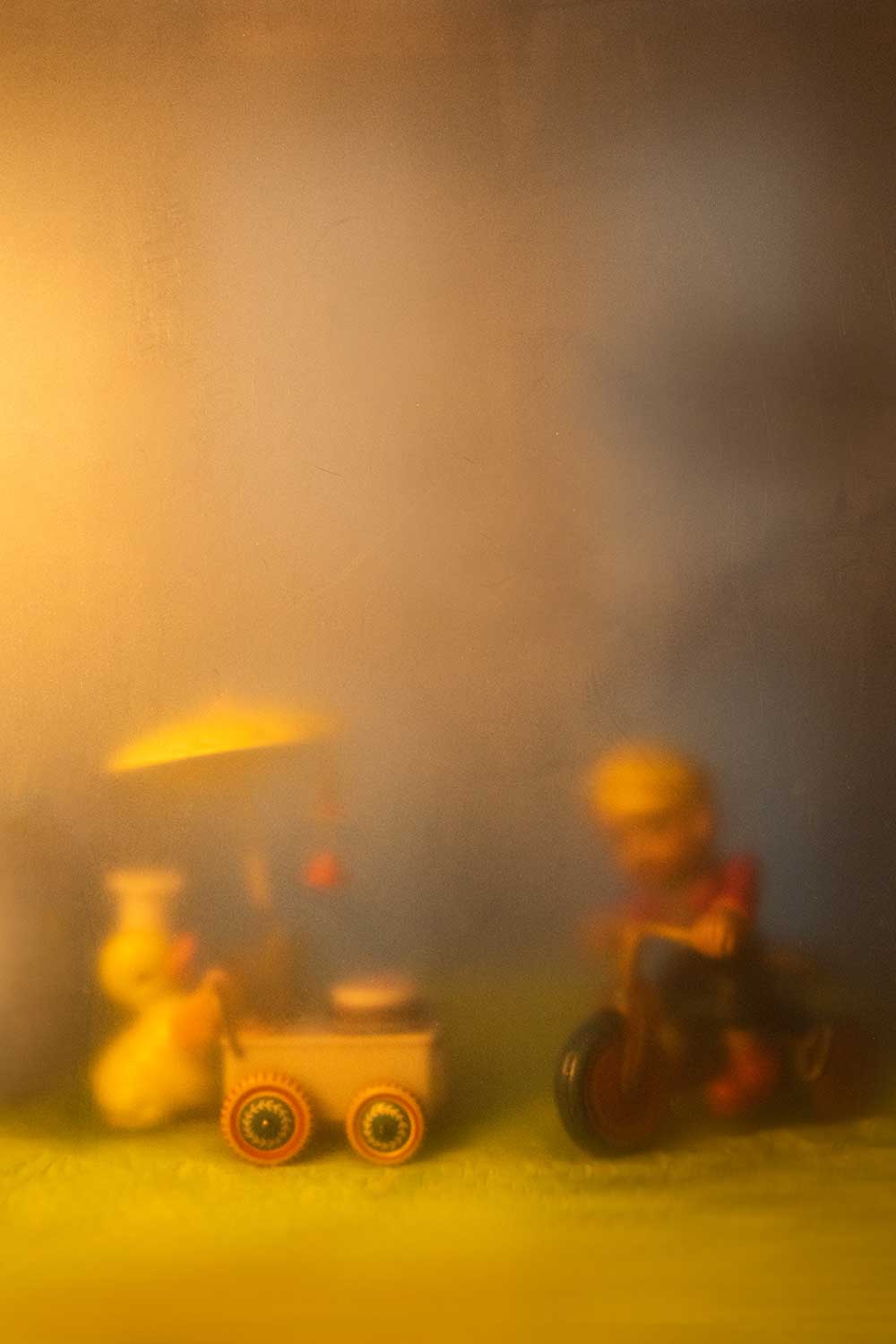Embarking on a journey back to childhood wonder and memories, Nadide Goksun unveils her deeply personal project titled “My Father’s Toys“.
In this forthcoming interview, we shall delve into a world that oscillates between nostalgia and joy, love and loss, all encapsulated through the lens focusing on cherished toys that played a significant role in her childhood. [Official Website]
Nadide, to start off, could you share with us how you initially got involved in photography and what inspired you to pursue this artistic career?
I started getting into photography after moving from Seoul to New York in 2009. The city really inspired me, and I wanted to capture it through my camera. So, I decided to take some classes at the School of International Center of Photography to learn more about photography and how to use my camera better. I began with the ‘Digital I’ course and kept taking more classes, which made me fall in love with photography even more. My time in New York encouraged me to explore the city and tell my own stories through photography, which eventually led me to pursue a career in this art.
What was the catalytic moment or event that inspired you to embark on the “My Father’s Toys” project? How did this journey of self-discovery and artistic expression begin?
My childhood memories were closely intertwined with the wind-up tin toys my father had collected. As a young girl, I was captivated by these whimsical creations, each possessing intricate details and enchanting movements. However, they remained tantalizingly out of reach, guarded by my grandmother, while my sister and I watched in wonder. These toys represented more than mere playthings; they symbolized a world of magic, imagination, and the cherished bond between a father and his children. They held a unique place in my heart and memory. After my father’s departure, I found myself as the custodian of this magical collection. The idea for the “My Father’s Toys” project began to take shape when I participated in Michael Folley’s ‘Exhibition Lab’ workshop. It was in this creative environment that I decided to embark on a journey of self-discovery and artistic expression, using these toys as a medium to honor my father’s memory. The project became a tribute, not only to the toys themselves but to the profound emotions and cherished moments they represented. Through photography, I aimed to breathe life back into these toys and capture the nostalgia, wonder, and love that they held for me. It became a journey of self-discovery and a means of preserving the enchantment these toys brought into my life, as well as a way to share that enchantment with others. In the end, “My Father’s Toys” became much more than a photographic project; it became a heartfelt exploration of my own past, a celebration of my father’s legacy, and a testament to the enduring power of memory and love.
Over the years, how have you seen your photographic style and approach evolve? Is there any period or project that you consider a turning point in your career?
Absolutely! My photographic journey has been a continuous learning experience, and I’m grateful for the opportunities I’ve had to grow. I had the privilege of learning from talented instructors at the International Center of Photography, including Natan Dvir, Dina Litovsky, Anja Hitzenberger, Barbara Mench, and many other accomplished photographers. However, the turning point in my career happened during the ‘Grammar of Photography Class,’ which was taught by Christopher Giglio at the same institution. In these classes, we explored topics like visual literacy, personal style, the creative process, and portfolio development in depth. With Mr. Giglio’s guidance, I found my own photographic voice and style. I’ve had the honor of being mentored by him for over six years, and I’m deeply thankful for the valuable insights and guidance he has provided.
The toys in your images are not merely objects but carriers of deep memories and emotions. Could you walk us through the process of selecting and photographing each toy? Did you follow any specific criteria?
As I mentioned before, my childhood love for these toys had a big impact on my imagination. I was often fascinated by the intricate details and playful movements of these special items. However, they were always just out of my reach, carefully guarded by my grandmother, while my sister and I watched in awe. In the ‘My Father’s Toys’ project, my approach was to tap into my inner child’s perspective and invent stories of things that never actually happened. Each toy became a way for me to revisit those treasured childhood memories. Through this creative process, I let these toys come to life in my mind, giving a glimpse into a world where imagination is king.
You mentioned that your photographs aim to capture nostalgia and wonder. On a technical level, what are the major challenges you face when trying to encapsulate these intangible emotions into an image?
The primary challenge I encountered in my quest to convey nostalgia and wonder through my photographs was finding a way to share my personal imagination and childhood memories with the viewer, as if through a somewhat hazy window. To overcome this challenge, I experimented with shooting through various surfaces, I believe I managed to convey these emotions effectively.
Besides “My Father’s Toys”, is there any other photographic project that has impacted you personally or professionally in a similar way? Could you share some insights about it?
Yes, my ongoing project titled ‘Swimmers’ holds a personal and professional significance for me. This project serves as another connection to my past, drawing from my childhood memories of summer vacations spent on the Aegean seaside, which forged a deep bond between me and the water. During my childhood, water was not just a source of relaxation but also a wellspring of joy. It provided me with a sense of tranquility and delight. Swimming, in particular, was a thrilling means of exploring an unfamiliar realm, a gateway to a serene world detached from the noise of the land. Within this serenity and foreignness, I found solace. As I grew older, I began to associate the sensation of being enveloped by water with what I imagine humans might feel in the prenatal state, evoking feelings of security, serenity, and inner equilibrium. Swimming became my way of experiencing freedom, akin to the innocence of youth. In my series Swimmers, I aimed to capture these feelings of people in water along with my own. Despite the constant movement of both the subjects and myself in water, photography makes it possible to freeze a moment within all fluidity, and this is magical to me. I see these photographs as a medium to tell a whole story behind a certain moment when subjects float and hang within a liquid abyss.
Given that you also work with ceramics, how do these two artistic mediums influence and complement each other in your work? Do you have a preference, or is there one that feels closer to your artistic expression?
Ceramics held a special place in my artistic journey. It was my initial passion, one that I began exploring in Israel while pregnant with my son. Over time, I continued to develop my ceramic skills in various places, including Istanbul, Seoul, and New York, learning from esteemed artists such as Hava Schlesinger, Ayfer Karamani, SangDuk Yu, and Jeff Schwarz. During our stay in Korea, I was also learning how to make Korean ceramics at the Sungshin Women’s University, all while I had the honor of teaching ceramics at Seoul Foreign School for five years. Ceramics taught me how to see, how to compose, and how to mold my emotions into tangible forms. It laid the foundation for my artistic expression and prepared me for my venture into photography. While ceramics will always hold a special place in my heart, I have found that my true passion lies in photography. It allows me to capture moments, emotions, and stories in a way that resonates deeply with me and my artistic vision.
Photography is a dynamic and ever-changing field. From your perspective, what current trends in photography do you find most exciting or significant?
From my perspective, one of the most exciting and significant trends in photography today is the emphasis on storytelling. Photographers are using their craft to tell powerful and meaningful stories, whether it’s about social issues, culture, or personal experiences. This trend helps us connect on a human level and raises awareness about important topics.
With “My Father’s Toys”, you explore universal themes of love, loss, and memory. Following this deeply personal project, what are your future plans? Do you have any new projects or themes in mind that you wish to explore in your photographic work?
In the near future, I plan to dedicate more time to reading and studying photography, aiming to deepen my understanding of the craft. During the quieter winter months when I find myself indoors, I am drawn to the idea of exploring still life and abstraction photography using everyday objects as my subjects. This direction allows me to engage with the ordinary in a new and creative way, uncovering hidden beauty and meaning in the objects we often overlook. I’m excited to see where this exploration takes me and how it shapes my future photographic projects. It’s a journey of continuous growth and discovery in the ever-evolving world of photography.
Lastly, do you have any advice for emerging photographers who are starting their careers and looking to develop a unique and authentic style?
Of course! Here are some quick tips for emerging photographers looking to develop their unique style: • Be yourself and draw from your life experiences. • Experiment with different techniques and subjects.
• Study the work of photographers you admire.
• Tell your own stories with your photography.
• Practice consistently and be patient.
• Seek feedback from peers and mentors.
• Stay true to your vision and authenticity.
Remember, it’s a journey, so enjoy the process! I just wanted to say a big thank you for this interview opportunity. It means a lot to me to be featured in your magazine. I really appreciate your dedication to highlighting unique stories and talents. Looking forward to more great things from Dodho in the future.



